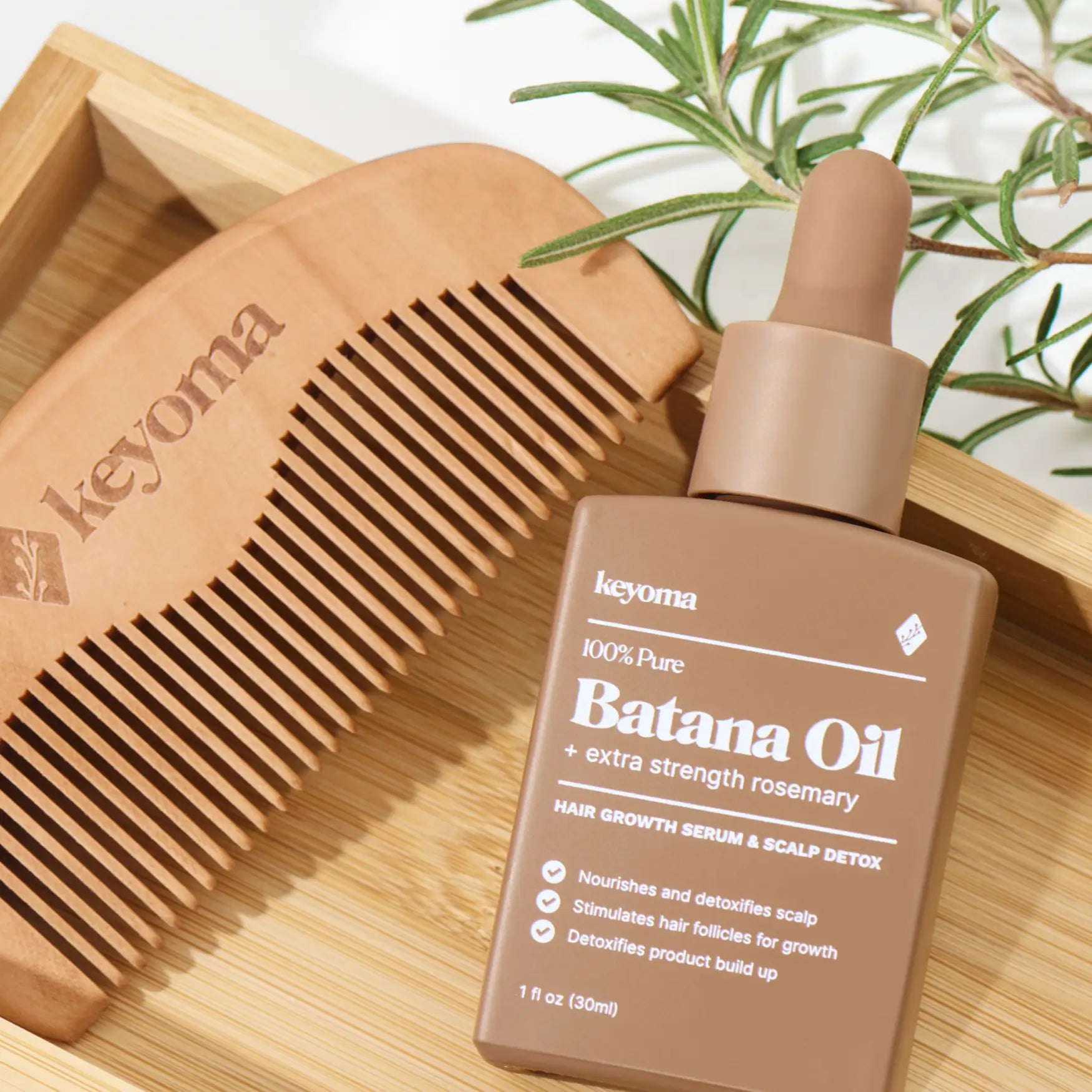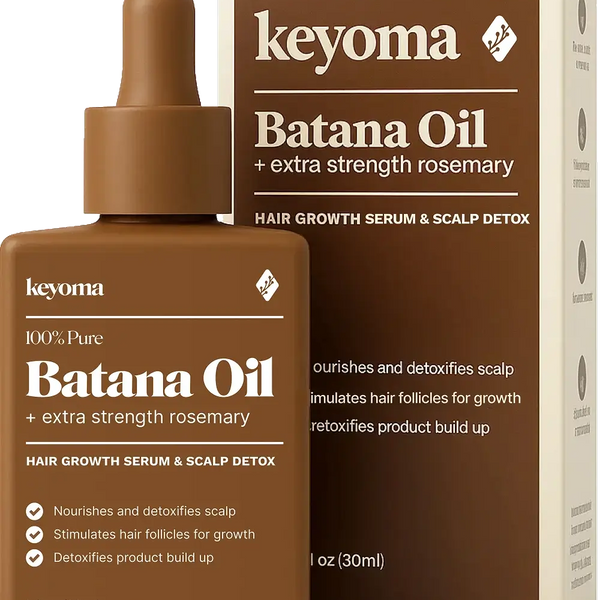In this article
You might reach for essential oils in aromatherapy, skincare, or general wellness. The big question is whether they expire. They don’t have a fixed “use by” date like food, but they slowly break down and lose strength. With smart storage and careful handling, you can help them last longer and keep their benefits.
Key Takeaways
-
Essential oils gradually degrade, oxidation begins after opening and reduces scent and performance.
-
Heat, light, oxygen, and moisture can speed breakdown, while cool, dark, tight storage slows it.
-
Shelf life varies by oil type, citrus 1 to 2 years, many 3 to 5.
-
Aroma or color changes, thicker texture, or irritation can indicate oxidation and reduced effectiveness.
Do Essential Oils Go Bad Over Time?
Like any natural product, an essential oil will gradually lose effectiveness over time, though it doesn’t spoil the way old food does. How quickly it loses quality depends on several factors.
Once you open a bottle, oxidation starts as the oil meets oxygen. Exposure to air, light, or heat changes the composition, so the scent and performance can fade.
Dark or amber glass helps block ultraviolet light, which is why most essential oils come in tinted bottles similar to olive oil.
Quality matters too. Higher grade oils tend to keep longer. Buying from a reputable source also improves your chances that the oil is safe to use.
Why Essential Oils Expire
Oxidation, which happens when an essential oil contacts oxygen, is the main reason essential oils expire or turn rancid. This process begins as soon as you open the bottle. Oxygen binds with components in the oil, changing the makeup and lowering quality.
Heat and direct sun make oxidation move faster, so store oils in a cool, dark spot and close caps tightly to limit airflow. For me, keeping bottles in a dark drawer reduces scent shifts over several months. Tight seals help keep excess air out between uses.
Factors That Influence an Oil’s Shelf Life

Knowing the oil age is helpful. Now shift to what speeds or slows that process. Heat, air, light, and moisture change an oil’s chemistry. One check that matters daily: keep caps tightly closed to limit oxygen, and skip skin use if a bottle smells sharp or rancid. Control the freshness factors.
Heat Exposure
Because essential oils are flammable, keep them away from flames and heat sources like sunlight, candles, or stoves. High temperatures can push an oil toward its flash point, the temperature at which it could ignite. Frequent heat exposure also speeds deterioration.
Oxygen Exposure
Air exposure leads to oxidation, so volatile components fade and the fragrance, along with other traits, weakens. This often happens when caps are left open too long.
Keep bottles tightly closed when not in use to slow oxidation and evaporation. If an oil has oxidized, skip topical or aromatherapy use and repurpose it for things like household cleaning.
Light and UV Exposure
Sunlight can harm aroma, appearance, and overall performance. That’s why oils are sold in dark glass such as amber, with other deep shades also used to reduce UV penetration. Even with dark bottles, avoid direct sun, since repeated warming and cooling can promote oxidation.
Moisture
Leaving a bottle uncapped can let moisture in, which may turn the oil cloudy and leave water beads inside the container. Keeping caps on prevents this problem.
Shelf Life of Common Essential Oils
Essential oils don’t have a hard expiration date, but they do degrade with time. Use this general guide for how long popular oils tend to keep:
-
Shorter Shelf Life (1–2 Years): Citrus oils such as Lemon, Orange, and Grapefruit, some conifers, and monoterpene-rich oils tend to oxidize quickly.
-
Moderate Shelf Life (3–5 Years): Many woody, resinous, or spicy oils. Options like Tea Tree, Lavender, Eucalyptus, and Peppermint have more stable profiles and usually last longer.
-
Longer Shelf Life (6–10+ Years): Thick, resinous, or base-note oils. Oils high in sesquiterpenes like Sandalwood, Patchouli, and Vetiver can be long-lasting when stored well.
How to Tell if an Essential Oil Has Expired

Storage rules help, but you still need a quick way to judge what’s in your bottle today. The most useful cues show up in how it looks and smells. For example, tea tree oil may shift from light yellow toward amber as it oxidizes. Check scent, color, texture.
1. Changes in Aroma
A shifting scent is the easiest clue. If it smells sour, rancid, or unusually sharp, it may be past its best. Fresh citrus should smell bright and juicy, but if it turns bitter or harsh, it’s likely oxidized.
2. Color Changes
Some oils darken or look murky as they age. Tea tree oil, for example, can change from pale yellow to a deeper amber.
3. Thicker or Sticky Texture
An oil that once poured easily may feel tacky or heavier after aging, especially if it has been warmed repeatedly.
4. Irritation After Application
Even if the aroma seems normal, unexpected tingling, redness, or irritation on a patch-tested spot can mean the oil is too oxidized for safe skin use.
When you’re unsure, rely on your senses and always patch test before using an older oil on skin.
Potential Risks of Using Expired Essential Oils
Knowing how to spot aging oils is useful, but the next question is what happens if you still use them. As chemistry shifts, your risk rises. One clear example: diffusing oxidized oils can irritate your airways and may be harder on anyone with asthma or sensitivities.
Put safety first before scent. Avoid expired oil risks Expired or oxidized oils can bring risks because their chemistry changes over time.
Irritation of the Skin
Older oils can irritate skin with redness, itching, or rashes. As they oxidize, new compounds may form that are more likely to bother sensitive skin.
Allergic Responses
Chemical changes in degraded oils can trigger allergies. Reactions might include hives, swelling, or breathing discomfort, especially if you already have sensitivities.
Reduced Effectiveness Over Time
Benefits tend to fade as oils age. Using an expired oil may not deliver the desired support for stress, mood, or skin concerns.
Respiratory Tract Irritation
Diffusing or inhaling oxidized oils can bother the airways. This can be a bigger issue for people with asthma or other breathing conditions because altered compounds may aggravate symptoms.
Potential Toxic Effects
With significant degradation, some oils may form byproducts that are unsafe on skin or to inhale, raising the risk of adverse effects with repeated exposure.
Check your oils regularly and replace them when needed so you can use them safely and get consistent results.
How to Use or Dispose of Expired Essential Oils

After the risks, the next step is what to do with bottles past their best. You have two paths: safe household uses or proper disposal. One simple rule for disposal is this: never pour them down the sink. Mix with coffee grounds or cat litter, seal in a bag, then trash it. Repurpose or dispose correctly.
Use in DIY Household Deodorizers
Mix expired oils with baking soda to deodorize carpets, shoes, or the fridge. Sprinkle the blend, let it sit, then vacuum or wipe away.
Repurpose for Household Cleaning
Use older oils for non-therapeutic cleaning tasks. Lemon, tea tree, or eucalyptus can still freshen a simple vinegar-and-water mix for wiping floors, surfaces, or trash bins.
Dispose of Oils Properly
If an oil smells rancid or looks off, don’t pour it down the drain. Mix it with coffee grounds or cat litter, seal in a bag, and throw it in the trash.
Use for Garden or Outdoor Projects
Some oils still help repel pests outdoors. Add peppermint or citronella to water and spray around entry points or seating areas.
Choosing to repurpose or discard at the right time helps you stay safe and reduce waste.
Keep Oils Fresh: Your Quick Storage Checklist
Don't let expired oils sabotage your self-care! The biggest mistake? Assuming essential oils last forever. If your lavender smells sharp instead of floral, it's time for a replacement. The non-obvious takeaway? Oxidation is the enemy. For a shelf-life cheat sheet and safe storage steps, visit the Keyoma Hair Care blog.
Featured Product
100% Pure Batana Oil + Rosemary









